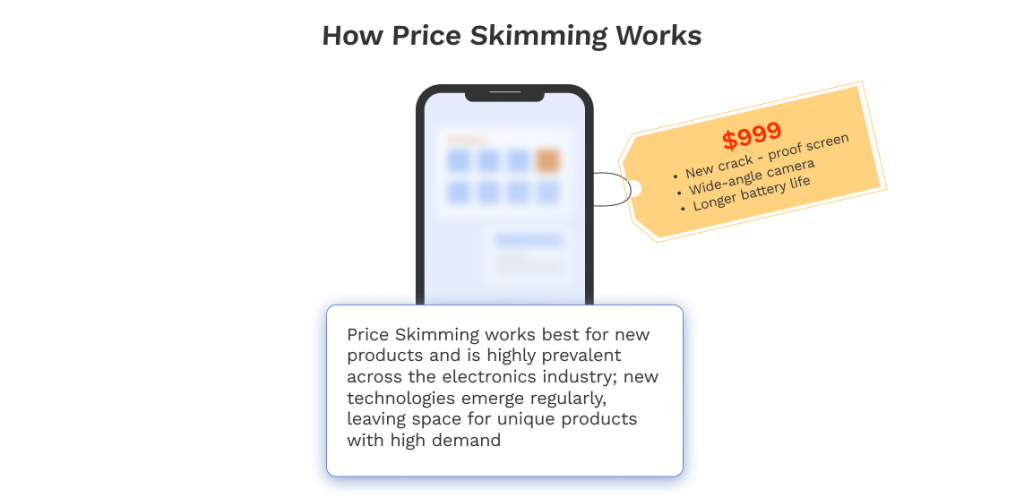Price Leadership vs Competitive Pricing: Which is Better in eCommerce?
Price Leadership vs Competitive Pricing: Which is Better in eCommerce?
Pricing sets eCommerce businesses apart and makes your company a leader in your market. However, setting prices isn’t a walk in the park because of all the potential variables. Do you match your prices with a pricing leader, or will you use a competitive pricing strategy to optimize your profits?
Compare your two primary options and learn why eCommerce leaders prefer competitive pricing.
Key Takeaways:
- Price leadership gives one brand pricing control, while competitive pricing gives control to individual brands.
- Competitive pricing allows eCommerce brands to remain competitive while maximizing profits.
- To effectively use competitive pricing, eCommerce brands need software to analyze competition, expenses, and customer behavior and optimize product prices accordingly.
What Is Price Leadership?
In price leadership, one firm sets the pricing standard. Then, all other brands in the industry follow that leading brand’s prices and changes.
Price leadership occurs among large businesses in niche markets with little competition, little difference between options, and stable demand. Additionally, new businesses can’t easily enter the industry to increase the competition.
Some examples of common markets with price leadership include:
- Oil and gas
- Telecommunications
- Technology (Apple is the price leader for smartphones)
- Airlines
- Healthcare and medicine
Pros of Price Leadership
Price leadership reduces competition and allows for mutual benefits for all those in the market. Here are a few pros of price leadership:
- All companies mutually profit as they don’t have to cut prices to remain competitive.
- Price increases benefit all companies since everyone increases prices together.
- Buyers benefit from lower prices as all companies in the market lower prices together.
- Companies tend to work as partners rather than competitors since they price products evenly.
Cons of Price Leadership
However, price leadership isn’t for all industries. Here are a few potential challenges that occur with price leadership:
- Smaller companies can’t always survive on the prices set by larger companies, which can result in monopolies.
- Buyers don’t benefit from mutual price increases, which decrease customer satisfaction.
- Companies often have to cut costs elsewhere to keep up with the price leader, which can result in lower salaries, fewer upgrades, and stunted growth.
- Companies may adopt other practices to remain competitive, which might lead to malpractice.
What Is Competitive Pricing?
Companies that use competitive pricing set prices based on competitors rather than solely on profits and costs. However, unlike price leadership, companies can control how they set prices rather than feeling forced to match one price leader.
Competitive pricing uses these strategies:
- Lowering prices: Brands set prices lower than the competition to remain the most cost-efficient option.
- Raising prices: Brands set prices above the competition by marketing themselves as a superior product or service.

- Price skimming: Brands introduce a new product at a higher price but lower it over time as competition enters the market.

- Equal pricing: Brands keep their prices equal to competitors and focus on other marketing areas, similar to price leadership, but with more pricing freedom.
- Price matching: Brands in fast-paced markets will adjust prices if a customer shows a competitor with a lower price.
Pros of Competitive Pricing
Competitive pricing can be beneficial if you collect and use market insights to adjust quickly to customers’ changing needs.
Here are some of the greatest benefits of competitive pricing:
- Companies have greater flexibility to set prices and offer discounts for improved product differentiation.
- Companies can stay on top of costs by pricing products as needed.
- Companies can gain larger profit margins.
Cons of Competitive Pricing
While competitive pricing has many benefits, it’s not for everyone. Here are some of the cons of competitive pricing:
- Brands need more data to remain competitive.
- Markets move fast, which can be difficult for brands to keep up with using traditional pricing strategies.
- Competition is fiercer and requires a proactive pricing strategy to succeed.
3 Reasons Why Competitive Pricing Is Best for eCommerce
Competitive pricing is the best strategy for eCommerce brands that want to remain competitive in a large market. Here are three reasons eCommerce brands prefer competitive pricing.
1. Attract More eCommerce Customers
The eCommerce industry is enormous, offering consumers multiple options. If you can’t stay competitive, you’ll lose customers, as 65% of customers said pricing was the most influential factor when shopping.
Competitive pricing allows you to adjust according to demand and competition, so you’ll remain the most appealing option. In addition, staying competitive will attract and retain a loyal customer pool.
Competitive pricing overflows into physical shopping as 46% of consumers search product options online using their phone, even when shopping in store.

2. Stay on Top of eCommerce Expenses
The market constantly fluctuates, especially today when businesses face recession fears and work with inflation. Companies forced to match prices to a price leader will struggle without the freedom to adjust prices to rising costs. This leads to companies going out of business.
However, when you control pricing, you can increase costs strategically to offset rising costs without impacting customer loyalty. Software like Hypersonix allows you to track expenses in real time and adjust prices accordingly, so you always generate a profit.
3. Use Profit Optimization for eCommerce
Not many businesses succeed in price leadership markets because a few large companies set the price for everyone. Unfortunately, small businesses can’t afford the same prices as large, established businesses.
Competitive pricing allows you to adjust pricing to YOUR needs instead of keeping up with a large price leader. So, you can set them as high or low as you need. With eCommerce profit optimization freedom, you can choose prices where you receive the highest profits without impacting your competitive edge.
Hypersonix provides the tools to analyze market data and find the perfect pricing spot for maximum profits.
Take Control of Your Profits
Hypersonix’s AI and ML eCommerce optimization software supports brands through real-time industry updates. Use our advanced data analytic tools to stay ahead of the competition with competitive pricing.
Are you afraid of losing profits in a competitive pricing market?
Our software eliminates this fear with pricing optimization. The tool considers expenses in addition to competitive pricing, so you always come out on top with maximum profit potential.
Request a demo and see your profit potential.


-1.png)



